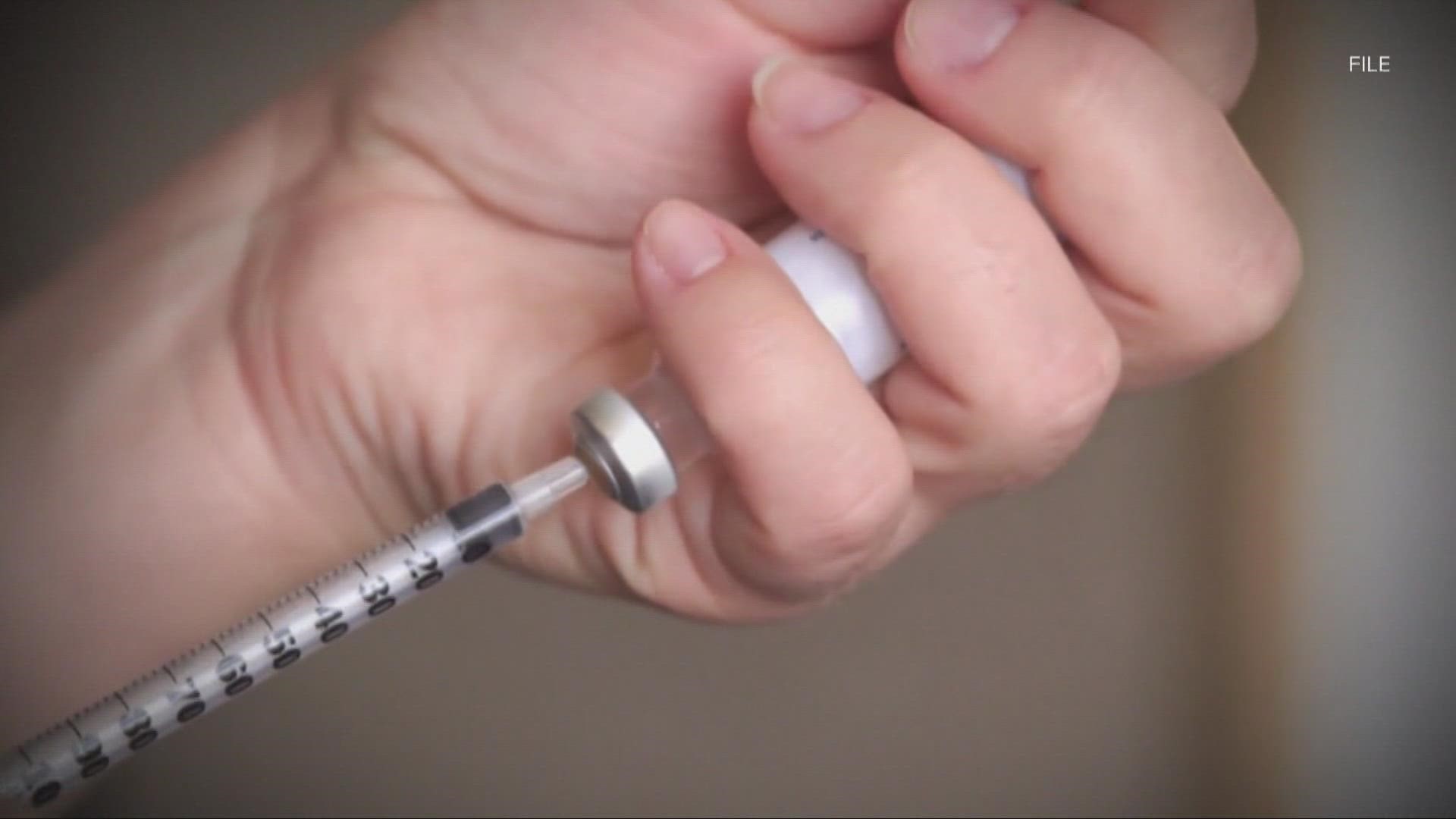CLEVELAND — According to the study commissioned by CharityRx, 62% of Americans skipped or adjusted the dosage of insulin to themselves or someone they care for, to cut down on costs.
"Nobody should have to choose between groceries and living,” says type 1 diabetic, Rachel White, who’s life depends on insulin injections.
Unfortunately, that’s the reality for millions of American diabetics
"It breaks my heart, just thinking that this life saving drug isn't necessarily available or affordable to everybody,” Rachel said.
The Inflation Reduction Act helped the one in three Medicare recipients who rely on insulin by capping the cost at $35. The law takes effect in January.
But for those under 65, who may be uninsured or underinsured, the cost of insulin can be astronomical.
A Yale study found about 14% of Americans who use insulin reached "catastrophic" spending on insulin costs. Meaning, 40% of their income paid for insulin.
Rachel’s sister, Rebecca, understands the impact because her husband and daughter are diabetic.
"When we added my daughter's costs on top of my husband's, it just became really astronomically expensive,” Rebecca said.
Monthly supplies used to cost under $200 dollars.
"Now his monthly supplies retail would be $900 if we actually had to go out and buy it," Rebecca said.
Rebecca lives in New Hampshire, one of 22 states that capped insulin costs at $35 which brought her relief.
Insulin capping bills were introduced in Ohio, but so far none have passed.
Why are the costs so high?
One reason is evergreening, where manufacturers slightly change the formulation so they can extend patents.
Another reason is demand for the latest formulations and middlemen also drive-up cost.
And the lack of generic versions is also a reason for the price hike.
Newer versions of insulin can easily retail for more than $300 a vial, and diabetics typically use one or two vials a month.
Studies suggest as many as one in four turn to rationing.
"There are stories where people have to stretch their insulin supply until their next paycheck and that is so dangerous," Rachel said.
What can you do?
- Check out the manufacturer’s website, some offer co-pay caps, coupons or discount cards that may help
- Go to getinsulin.org where you plug in your information and they find the deals you may qualify for.
- Talk to your doctor or pharmacist about other options.
- Price shop local pharmacies.
- Contact your state and federal representatives and ask them to support price caps.
Help may be on the horizon.
A low-cost insulin by a non-profit drug maker is set to enter the market in 2024.
Maine, California and Michigan, are also exploring how they might work with manufacturers to produce their own versions of insulin to sell at-cost.
Scientists discovered the link between diabetes and damaged cells, that produce insulin in the pancreas, in the 1800s.
In the early 1920s, researchers in Toronto extracted insulin from cattle pancreases and discovered it helped diabetics.
They sold their patent to the University of Toronto for $1 each, saying insulin belonged to the world.
The animal type didn't work for everyone and science advanced making higher quality and safer insulin.
The older animal-based insulin, that may have been a cheaper alternative, disappeared from the market.
More Health Headlines on WKYC.com:

